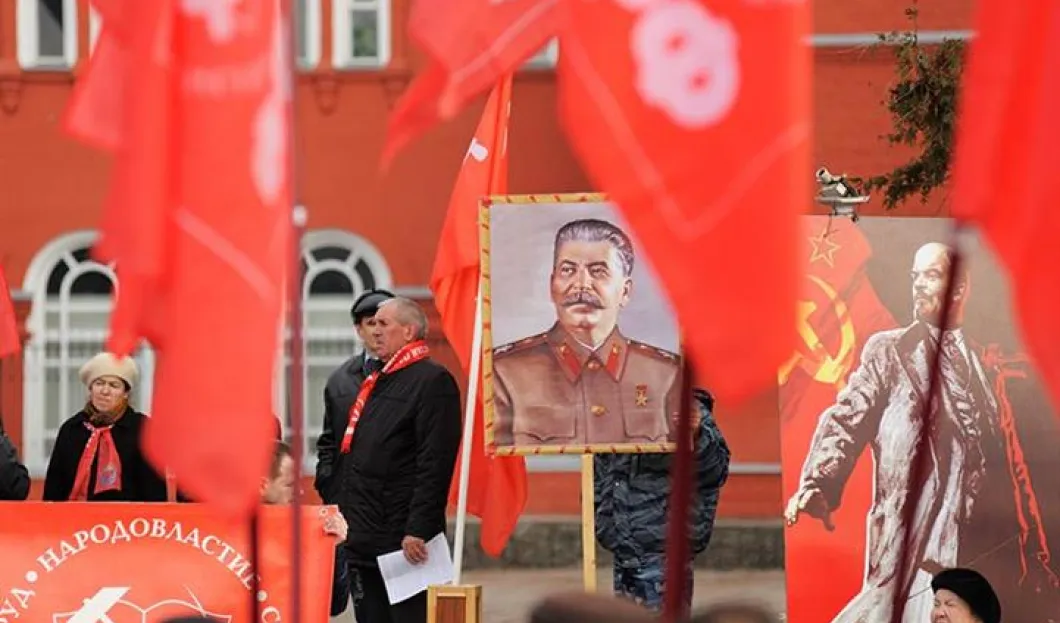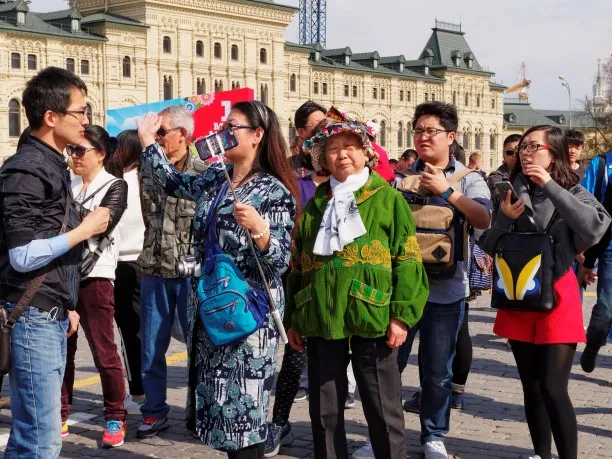
The revolution, communism, Chinese history of the 20th century - these are the highlights of red tourism in China. A growing number of Chinese tourists participate in tours depicting the communist past of the country. The main attention is focused on the Chinese homeland where people can observe the living history of communism in any city.
Red tourism, one of the most important tourist trends in China, is closely associated with revolutionary history. The term itself appeared in 2004 with the creation of the “National Plan for the Development of Red Tourism”. After the approval of the program, 30 routes and 100 allocated tourist sites were set up.
The Chinese Communist Party is encouraging Chinese people to visit these sites. Over the past 10 years, with the help of authorities, more than 4 billion tourist trips have been organized. Moreover, every bookshop of the country is offering a large variety of guides on the subject.
The trend is gaining momentum. In 2014, Chinese President XI Jinping pointed out that “It is necessary to effectively combine the interest of the population to the communist history and patriotic education and on the other hand, the development of red tourism”. As a result, nearly $1 billion was allocated to build new memorials, renovate historical sites and develop 66 routes across the country.
A few years ago, “red tourism” appeared in Russia as well. The Ulyanovsk region, birthplace of Vladimir Lenin, initiated the creation of routes associated with the country’s revolutionary history. The first tourist product for the Chinese market was introduced in 2013. Initially, the route included a visit to the historical homeland of Vladimir Lenin. But a year later, the “red’ theme received strong support and was added to the plan of tourism development strategy in Russia until 2020.
An increase in tourism inflow from China has become a key stimulus for the development of red tourism in Russia. This increase is mainly a result of an intergovernmental agreement between Russia and China on visa-free group tourist trips, as well as the devaluation of the ruble.

Today the classic “red route” in Russia unites places directly related to the life of Lenin: Ulyanovsk, Kazan, St. Petersburg and Moscow.
At the same time, red tourism is the most popular tourism trend in Russia amongst Chinese tourists. Every year the number of attraction expands and efforts are being made to train qualified guides and interpreters.
Many interesting places are located on the territory of the Russian Far East and the Baikal region. The close proximity to the Chinese border, the presence of checkpoints and arrangements for group visa-free travel, the simplification of the visa regime in the Free Port area – all this allows a multiple increase in the flow of tourists from China. Another advantage of the region is the overall Sino-Soviet struggle against the Japanese imperialists. Some travel agencies offer guests from China the route “Road of Memory” dedicated to the memory of Russian soldiers and Chinese and Korean guerrillas who fought for the liberation of the north-eastern China, southern Sakhalin, the Kuril Islands and the northern part of Korea from the Japanese invaders in the 20th century.










